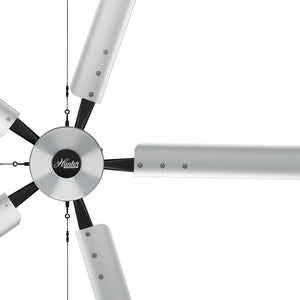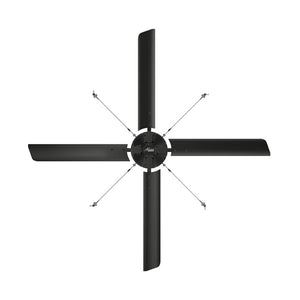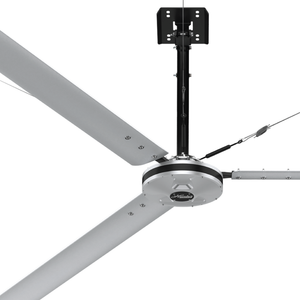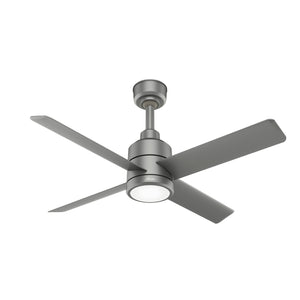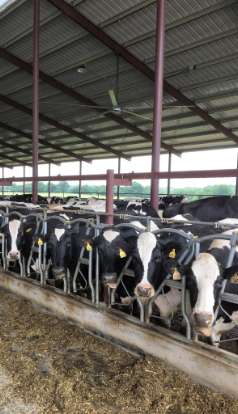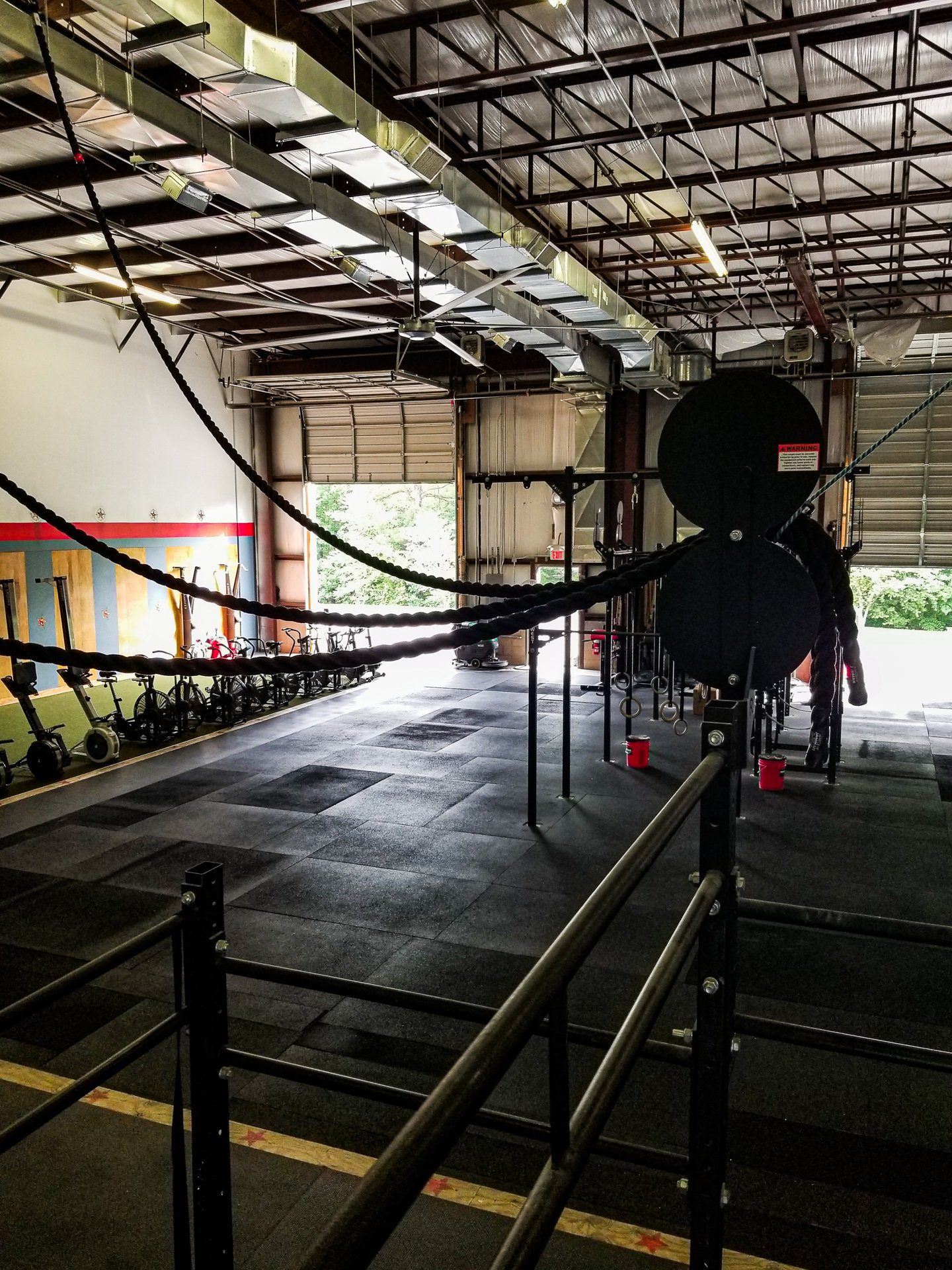
The benefits of HVLS industrial outdoor fans may be obvious for commercial applications, but how, precisely, are they relevant as livestock fans? You may be surprised to learn that barn ceiling fans offer many benefits to agricultural settings.
Improved Air Circulation
HVLS barn ceiling fans generate a gentle breeze that spans a wide area. This ensures adequate air circulation throughout the entire barn, eliminating stagnant air pockets and promoting consistent temperature distribution. The improved air circulation mitigates temperature variations, reducing hot and cold spots within the barn, creating a more comfortable environment for livestock and enabling them to effectively regulate their body temperature.
Heat Stress Prevention in Livestock
Heat stress is a significant concern for livestock, especially in hot and humid climates. Industrial outdoor fans help prevent heat stress. The gentle breeze produced by HVLS fans facilitates the evaporation of moisture from the animals' skin, allowing them to dissipate excess heat and maintain a comfortable body temperature. By reducing the risk of heat stress-related illnesses, such as heat exhaustion or heat stroke, HVLS barn fans contribute to the livestock's overall well-being and health.
Reduction of Humidity and Condensation
Excessive humidity levels and condensation lead to unfavorable conditions in livestock barns, promoting the growth of mold, mildew, and bacteria. This poses a risk to animals and farm workers. HVLS livestock fans assist in controlling moisture levels by promoting air movement and aiding in the evaporation of excess moisture. This helps to reduce humidity, preventing the accumulation of moisture and the subsequent growth of harmful microorganisms. By maintaining appropriate humidity levels, HVLS fans create a healthier and more hygienic environment.
Enhanced Air Quality in Barns
Livestock barns are prone to poor air quality due to the accumulation of dust, gases, and odors. HVLS agriculture fans effectively combat this issue by creating a constant flow of air that helps to remove airborne contaminants. The gentle breeze generated by HVLS fans facilitates the dispersion and dilution of dust particles, reducing their concentration in the air and minimizing the risk of respiratory problems for both animals and humans. Additionally, HVLS fans aid in dissipating unpleasant odors and gases, providing a more pleasant and healthier working environment for farm workers.
Increased Productivity and Performance
The optimal ventilation and comfort provided by HVLS barn fans positively impact livestock productivity and performance. By maintaining a consistent and comfortable environment, HVLS fans help to reduce stress among animals. This, in turn, promotes better feed intake, improved growth rates and enhanced overall productivity. The reduction in heat stress and improved air quality created by HVLS fans contribute to the overall well-being of livestock, leading to better health, lower mortality rates and increased profitability for farmers.
Energy Efficiency and Cost Savings
HVLS barn fans are designed with energy efficiency in mind. They consume significantly less energy than traditional high-speed barn fans or air conditioning systems. The low rotational speed of HVLS fans results in lower power consumption while still providing effective air movement and circulation. Additionally, agricultural fans are controlled remotely, so you can change the settings based on current needs, thereby delivering the most efficient airflow and maximizing energy output.

 100% Secure Payments
100% Secure Payments
